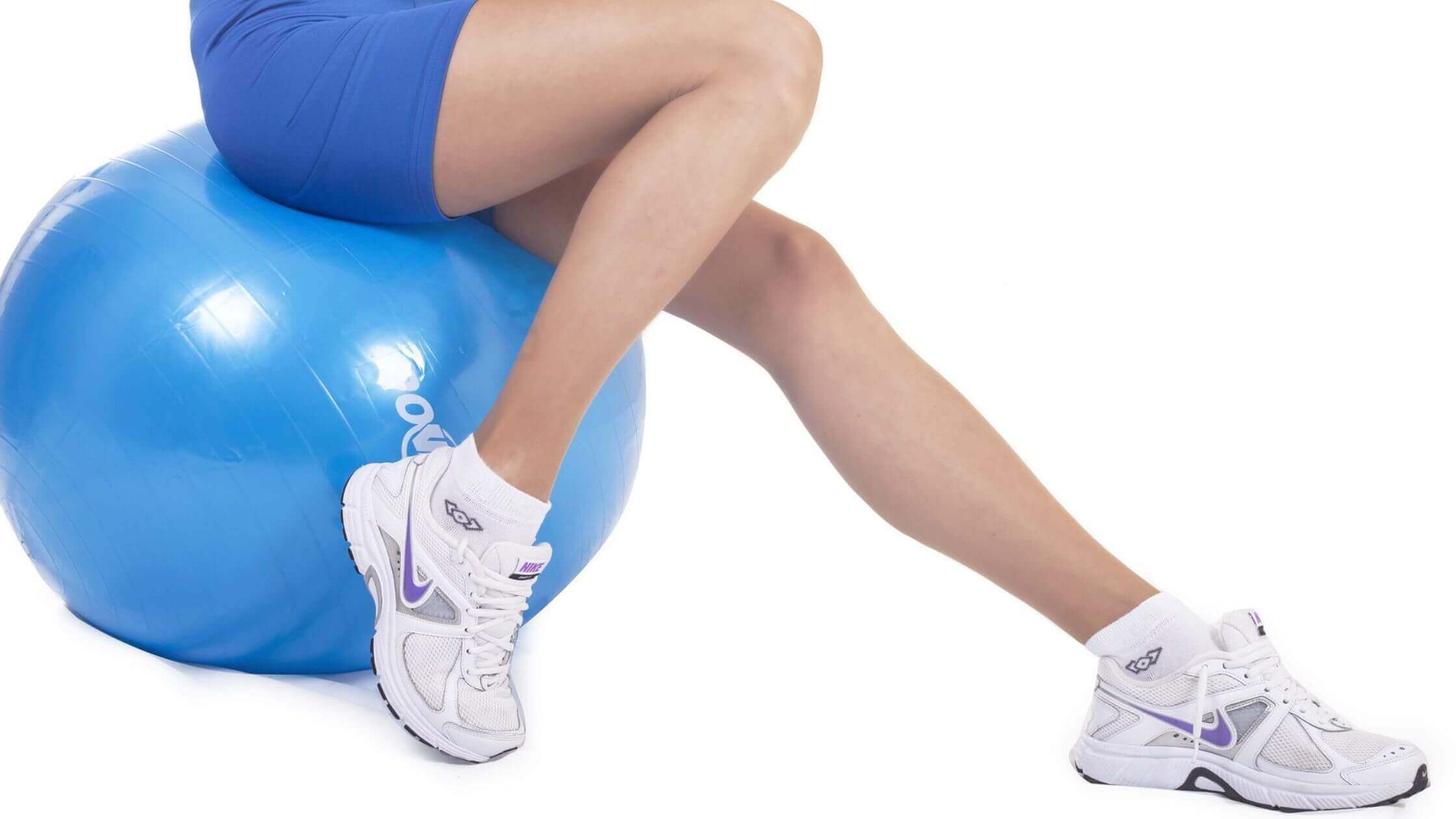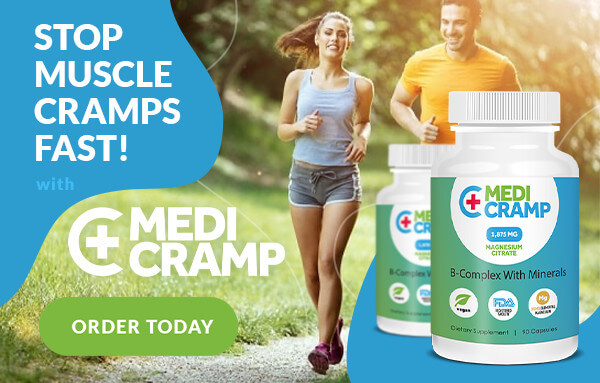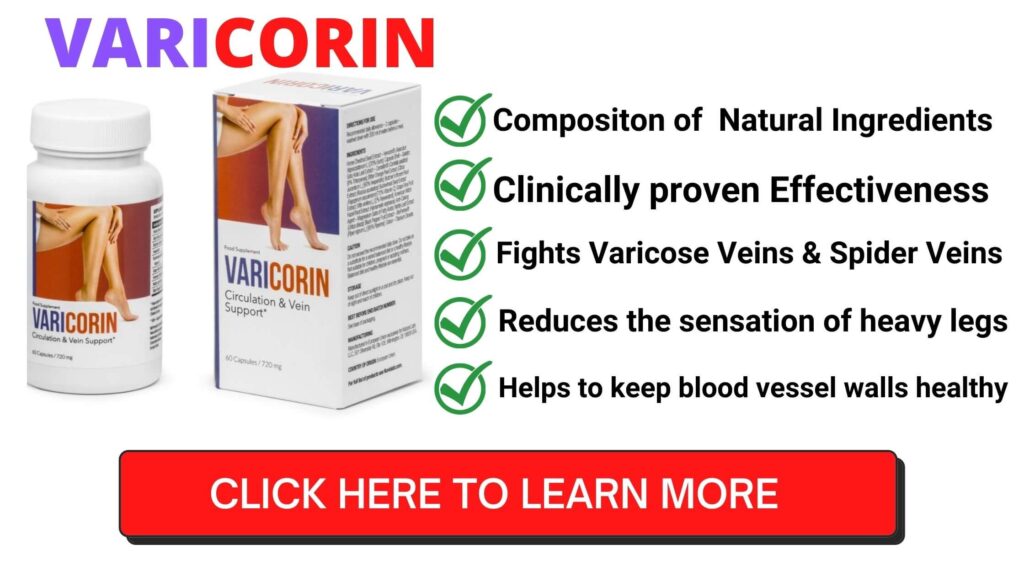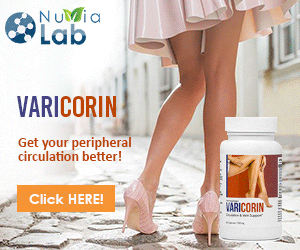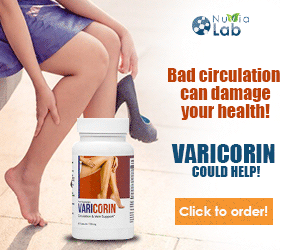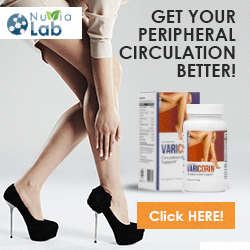7 Best Ways to Prevent Varicose Veins. Try VARICORIN in 2024
Ugh, varicose veins. Just the name conjures up images of unsightly, bulging veins snaking across your legs. Not exactly a confidence booster, are they? But beyond the aesthetic concerns, varicose veins can also cause discomfort, and achiness, and even lead to more serious health problems.
Table of Contents
ToggleLet’s face it, legs are supposed to be sexy, not roadmaps. Varicose veins can put a real damper on that whole “smooth, toned stems” vibe. But before we get down to business on how to banish those bulges by using our 7 Best ways to prevent varicose veins, we gotta understand what we’re dealing with, right? Buckle up, because we’re about to dissect those pesky varicose veins and get you back to strutting your stuff with confidence.
The good news? You don’t have to live with these unwelcome leg guests. There are several ways to prevent varicose veins from forming in the first place, and even manage them if they’ve already decided to crash the party.
Varicose Veins in the USA:
The statistics surrounding varicose veins in the USA are surprising, to say the least. In fact, roughly 1 in every 2 people over the age of 50 years suffer from varicose veins!
That’s quite shocking when you think about it, and even more so when you consider that there are more than 40 million people in the United States with varicose veins – that’s nearly 17% of the population!
In fact, around half of all women between the ages of 20 and 50 suffer from varicose veins, according to statistics from the American Venous Forum (AVF).
Almost half of all varicose vein sick people have a family history of the disease, which indicates you may be at a greater risk than the others if you have one or more close family members who also have this disorder.
Varicose veins are more common in women. According to AHA’s Study on May 18, 2021, Found that “Varicose veins are common in older adults,” and “Confirmed female sex, greater height, and higher Body Mass Index were associated with varicose veins “.
What are Varicose Veins?
Varicose veins are swollen, twisted blood vessels that bulge just beneath the skin, most commonly in the legs. However, any vein near the skin’s surface can become varicose. These bulging veins typically appear blue or purple and are often located in the legs, feet, and ankles. Varicose veins are also sometimes referred to as venous insufficiency or venous reflux.
What are the Causes of Varicose Veins?
Increased blood pressure in the veins causes varicose veins.
Veins are an important part of the circulatory system, carrying blood from the body back to the heart. However, when veins are damaged or weakened, they can become varicose.
This condition is caused by faulty valves or walls in the veins, which allow blood to pool or even flow backward (a condition called reflux). As the veins enlarge and distort, they can become quite unsightly.
What are the risk factors for Varicose Veins?
Varicose veins – those unsightly, twisted veins that bulge just beneath the skin – can be a real pain (literally!). While genetics play a role, several factors can increase your risk of developing them. Understanding these risk factors is crucial for taking a proactive approach to keeping your veins healthy.
1. Family Ties: A Double-Edged Sword
If you have a close relative with varicose veins, consider yourself warned. There’s a higher chance you might inherit a predisposition for developing them yourself. Varicose veins can be passed down through families, so knowing your family history is an important first step.
2. Pressure Overload: When Your Veins Get Squeezed
Anything that increases pressure in your veins can be a recipe for varicose vein development. Here are some common culprits:
- Weight Woes: Carrying excess weight puts extra strain on your entire circulatory system, including your veins.
- Standing Tall for Too Long: Jobs that require prolonged standing can lead to blood pooling in your legs, putting undue pressure on your veins.
- Fashion Faux Pas: Clothing that’s too tight around your waist, thighs, or groin can restrict blood flow and contribute to varicose vein formation. Opt for comfort over constriction!
3. Hormonal Havoc: When Your Body Takes the Wheel
Hormonal fluctuations can also play a role in varicose vein development. Here’s why:
- Pregnancy: Pregnancy is a beautiful time, but it also comes with increased blood volume. This extra blood flow can put stress on your veins, leading to varicose veins.
- Birth Control: Oral contraceptives and hormone replacement therapy can sometimes cause hormonal changes that contribute to varicose vein formation.
4. Age Ain’t Nothing But a Number (But It Can Affect Your Veins)
As we age, our veins naturally become weaker and less elastic. This can make them more susceptible to becoming varicose. So, while you might be getting wiser with age, your veins might need a little extra TLC.
5. Sitting Still: The New Smoking for Your Veins
Just like smoking is bad for your lungs, sitting for extended periods can be detrimental to your veins. An inactive lifestyle can lead to sluggish blood flow, especially in the legs. This lack of movement can increase your risk of developing varicose veins. The good news is that incorporating regular physical activity into your routine can help improve circulation and keep your veins healthy.
6. Past Leg Injuries: A Lingering Threat
A previous injury to your leg, especially one that damages your veins, can increase your risk of developing varicose veins down the road.
7. Smoking: A Habit That Hurts Your Veins Too
Smoking damages the lining of your blood vessels throughout your body, including your veins. This damage can weaken your veins and make them more prone to becoming varicose.
By understanding these risk factors, you can take steps to mitigate them and keep your veins healthy. Remember, prevention is always better than cure! So ditch the unhealthy habits, embrace a more active lifestyle, and maintain a healthy weight to keep those veins strong and beautiful.
Affiliate Disclosure: A few links on this page are affiliate links, from which I receive a small commission from sales of certain items, but the price is the same for you. Thank you for the Support.
What are the symptoms of Varicose Veins?
Varicose Veins symptoms include:
- The bluish vein or veins bulging
- The color of the skin changes all around the veins
- Leg swelling
- Leg aches and pains
- A sensation of discomfort and heaviness in the feet and legs
- Itching in and around the veins
- Leg cramps at night.
- Agitated legs
What are spider veins?
Both varicose and spider veins are types of venous insufficiency diseases, but they appear differently. Varicose veins are larger and thicker than spider veins. They resemble red or blue spider webs or tree branches and are close to the surface of the skin.
Spider veins can appear anywhere throughout your body, but they are most commonly found behind your knee, on your feet, or your face. Varicose veins most commonly appear on the feet and legs.
How to Diagnose Varicose Veins?
Varicose veins are visible and close to the skin’s surface. Your Physician will feel and examine your veins while you are sitting or standing, and about your symptoms, family history, physical activity levels, and lifestyle to diagnose varicose veins.
To determine the health of your leg veins, your doctor may perform an imaging test, such as an ultrasound or X-ray.
7 Best Ways to Prevent Varicose Veins.
What are the best ways to prevent Varicose veins? Varicose veins, those unsightly bulging veins that can cause discomfort and achiness, are a common concern. While genetics play a role, there’s good news: you can significantly reduce your risk of developing them by adopting healthy lifestyle habits. Here are 7 best ways to prevent varicose veins:
1. Get Moving and Keep Moving:
Sitting or standing for extended periods allows blood to pool in your legs, straining your veins. Combat this by incorporating frequent movement into your day. If your job requires long hours on your feet, take regular breaks to walk around, stretch your calves, and wiggle your toes. Consider a standing desk if possible, or invest in a footrest to elevate your legs periodically.
2. Elevate Those Legs:
Gravity is not your friend when it comes to varicose veins. Make it a habit to elevate your legs above your heart for 15-20 minutes several times a day. Prop them up on pillows while relaxing on the couch, or lie down on the floor with your legs resting against a wall. This simple practice encourages blood flow back towards your heart, reducing pressure in your leg veins.
3. Weight Management: A Win for Your Whole Body:
Excess weight puts a strain on your entire circulatory system, including your veins. Shedding extra pounds can significantly improve blood flow and reduce your risk of developing varicose veins. Talk to your doctor about creating a safe and sustainable weight loss plan that’s right for you.
4. Stretch it Out:
Regular stretching can improve circulation and keep your leg muscles flexible. Focus on stretches that target your calves, hamstrings, and thighs – these are the areas where varicose veins most commonly develop. Aim for a few minutes of gentle stretching each day, or incorporate stretches into your existing exercise routine.
5. Forget the Tobacco:
Smoking is a double whammy for your veins. It damages the lining of your blood vessels and decreases blood flow throughout your body. Quitting smoking is one of the best things you can do for your overall health, including reducing your risk of varicose veins. There are many resources available to help you quit smoking, so talk to your doctor about developing a plan that works for you.
6. Embrace Compression Stockings:
These specially designed socks or stockings gently squeeze your legs, helping the blood flow more efficiently and reducing pressure in your veins. Compression stockings come in various strengths, so consult your doctor to determine the right level of compression for your needs.
7. Loosen Up – Tight Clothes Can Be Trouble:
Clothing that’s too tight around your waist, thighs, or groin can restrict blood flow and contribute to varicose vein development. Opt for comfortable, loose-fitting clothing that allows for proper circulation.
By incorporating these strategies into your daily life, you can significantly reduce your risk of developing varicose veins. Remember, prevention is always easier than treatment. So take charge of your leg health and keep those veins strong and healthy! Please remember Varicose Veins are common and treatable.
Why Should I try the VARICORIN supplement in 2024?.
According to NIH, Horse chestnut seed extract has traditionally been used to treat joint pain, bladder and gastrointestinal issues, fever, leg cramps, and other ailments.
Horse chestnut seed extract is now promoted as a treatment for Chronic Venous Insufficiency (CVI). Decreased blood flow in the veins of the legs, can cause leg pain, swelling, itchy skin, and other symptoms, irritable bowel syndrome, sexual dysfunction, and other conditions.
VARICORIN Supplement Composition derived from Nature (Plant Based).
- Horse chestnut seed extract is the Major ingredient in VARICORIN Supplement.
- VARICORIN is a multi-ingredient food supplement with American Witch Hazel and Horse Chestnut Seed Extract that aids in the maintenance of proper blood circulation.
- Because of the Grape Wine Extract content, the product also benefits the blood circulation system and the condition of blood vessel walls.
- Butcher’s Broom Root alleviates the sensation of heavy legs, and the Gotu Kola Leaf Extract promotes peripheral circulation and the proper functioning of the cardiovascular system.
- The VARICORIN food supplement contains ingredients that have been shown in clinical studies to improve the appearance of legs and support the health of blood vessels.
- VARICORIN possesses anti-inflammatory, analgesic, antispasmodic, and healing properties. For beautiful and flawless legs, protection against varicose veins. VARICORIN helps to reduce symptoms associated with leg swelling, spider veins, hemorrhoids, and feelings of heaviness in the legs, and increases blood circulation!
- VARICORIN can be used by both men and women to treat blood vessel inflammation. However, the supplement is especially recommended for women who suffer from varicose veins, Spider veins, and broken blood vessels.
How to use VARICORIN?
The manufacturer recommended taking 2 capsules daily, preferably 30 minutes before a meal. Take the supplement with 300 ml of water.
Check VARICORIN Official Site:
#preventvaricoseveins#varicoseveins #veinhealth #veincare #healthyveins #preventingvaricoseveins #varicoseveinprevention #veinhealthtips #veinhealthawareness #veinhealthmatters #veinhealthadvocate #veinhealtheducation #veinhealthsupport #veinhealthylifestyle #veinhealthyliving #veinhealthmanagement #veinhealthandwellness #veinhealthpreventiontips #veinhealthawarenessmonth #veinhealthtipsandtricks #veinhealthylife #bestwaystopreventvaricoseveins


